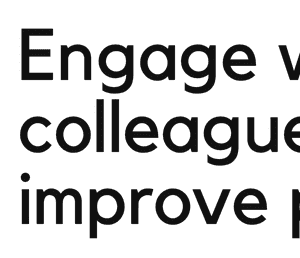Professional development is a keystone of a successful teaching career. For educators, investing in our growth is not just a requirement, but a passion. As a school leader, I understand the importance of keeping track of this journey, and that’s where a professional development record comes into play. This article aims to explain what a professional development record is, its uses, and how you can easily create a strong and beneficial one.
What is a Professional Development Record?
A professional development record is a systematic document that tracks your growth and learning as an educator. It is a comprehensive log of all the training sessions, workshops, seminars, and courses you’ve attended, along with the key learnings, skills acquired, and how you’ve implemented them in your practice.
The Importance of a Professional Development Record
A professional development record serves several purposes:
- Reflection: It allows you to reflect on your learning journey, identifying areas of strength and those that need further development.
- Planning: It aids in planning your future professional development by highlighting your learning needs and interests.
- Evidence: It serves as evidence of your commitment to professional growth, which can be useful during performance reviews or job applications.
- Sharing: It’s a resource you can share with colleagues. Your record might inspire them or give them ideas for their own professional development.

How to Create a Strong Professional Development Record
Creating a professional development record doesn’t have to be an arduous task. Here are some steps to guide you:
- Keep it Simple: Start with a simple format that includes the date, name of the professional development activity, key learnings, and how you applied these learnings.
- Consistency is Key: Update your record regularly. Make it a habit to jot down your experiences right after you participate in a professional development activity.
- Reflect: Use your record as a reflection tool. Ask yourself how the activity has benefited your teaching practice and how it could impact your future development.
- Evidence of Implementation: Include examples of how you’ve applied your new knowledge or skills in the classroom. This could be lesson plans, student feedback, or even changes in student outcomes.
- Share and Review: Share your record with a trusted colleague or mentor for feedback and additional insights.
Remember, your professional development record is your personal learning journey. Therefore, tailor it to meet your needs and reflect your experiences.
Frequently Asked Questions
Q1: How often should I update my professional development record?
A1: Ideally, you should update your record each time you participate in a professional development activity.
Q2: I am a new teacher, should I keep a professional development record?
A2: Absolutely! Starting early will help you keep track of your growth right from the beginning of your career.
Q3: How detailed should my professional development record be?
A3: Your record should be detailed enough to provide a clear picture of your learning journey. However, avoid unnecessary details that don’t contribute to your professional growth.
Q4: Can I include online courses in my professional development record?
A4: Yes, any learning activity that contributes to your professional growth can be included in your record.
Q5: What should I do if I can’t recall all the professional development activities I’ve participated in?
A5: Moving forward, make it a habit to update your record regularly. For past activities, try to recall as much as you can and document them.
Remember, the goal is to create a living document that evolves with you as an educator. This record is a testament to your passion, dedication, and commitment to nurturing minds, and it’s something to be proud of.






